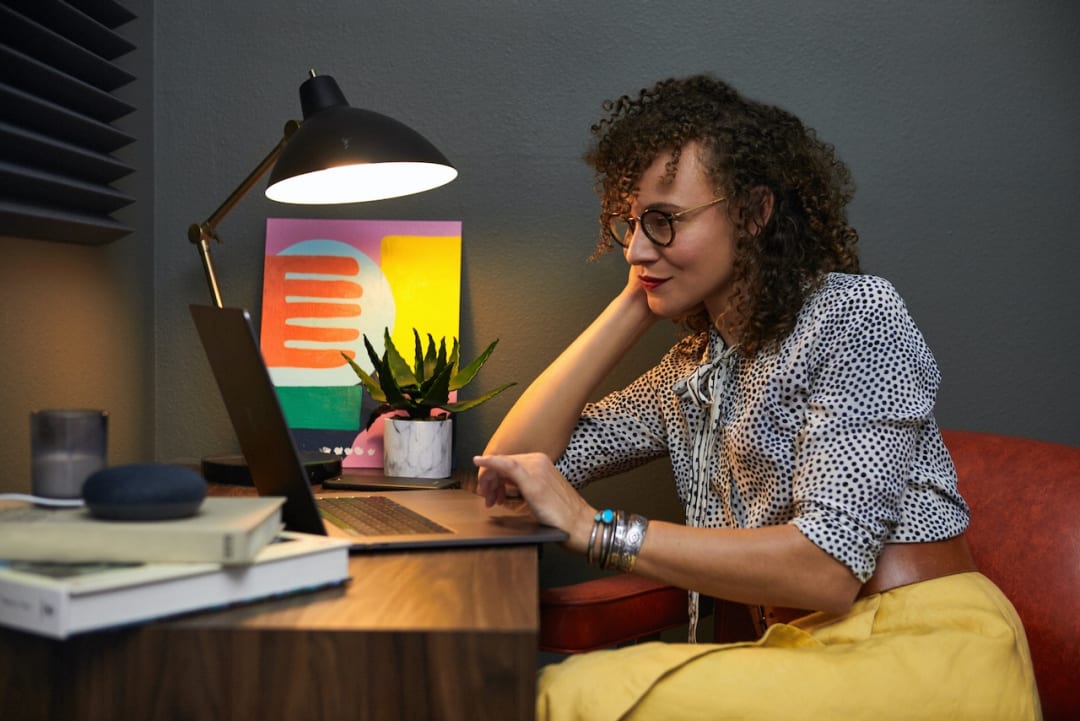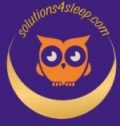If you need help falling asleep or staying focused while working at home, you may be familiar with “white noise,” a type of sound that includes all audible frequencies. It’s pretty common and well-known: Almost 50 percent of Gen Zers use it to help them fall asleep. The research on white noise is mixed: While some studies found it has little benefit on sleep or could even interrupt sleep, others say it can reduce heart rate and respiratory rate, as well as mask outside noises that keep people awake. The research on white noise is mixed: While some studies found it has little benefit on sleep or could even interrupt sleep, others say it can reduce heart rate and respiratory rate, as well as mask outside noises that keep people awake. You might have also heard of other “noise colors,” such as “brown noise” (helpful for reducing anxiety and boosting focus) and “pink noise” (which can help sleep), just to name a couple. They’re typically perceived as deeper sounds than white noise. But could something called “sound masking” be more beneficial than white noise? Doctors tend to think so. Ahead, they explain sound masking, its benefits, and how it compares to white noise. The term is pretty self-explanatory, but let’s get a definition anyway. “Sound masking is controlled background sound to cover or mask unwanted sounds, like human speech or other distractions, by covering them up with added sounds. The “sound masking” noise is more comfortable and pleasant; it fits into the background. White noise, on the other hand, can actually be loud and jarring in comparison. Basically, while sound masking is a noise, it’s a less distracting one. “Our brains are wired to notice changes in sound, such that random environmental sounds can cause a change in alertness and attention. YouTube has countless free recordings of “sound masking,” so that might be the first place to go. Phone apps can also help; Dr. Djalili says one of his favorites is called A Soft Murmur. He’s also used an air purifier. While it’s even more subtle, it gets the job done *and* helps you breathe in cleaner air. Needless to say, you’ve got options. “In the end, what matters is not the specific sound, but whether it feels soothing and non-intrusive. “I usually advise patients to keep the volume low, just enough to cover unwanted noise.
Thank you for reading this post, don't forget to subscribe!The White Noise Alternative Sleep Doctors Want You To Try Asap



